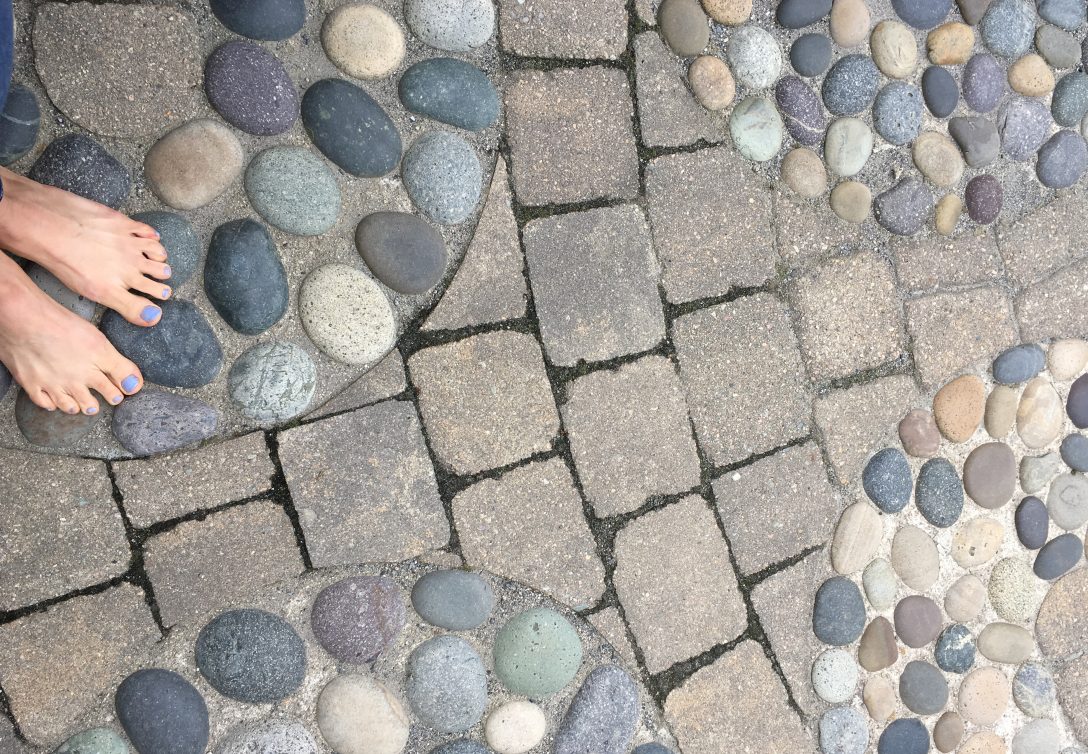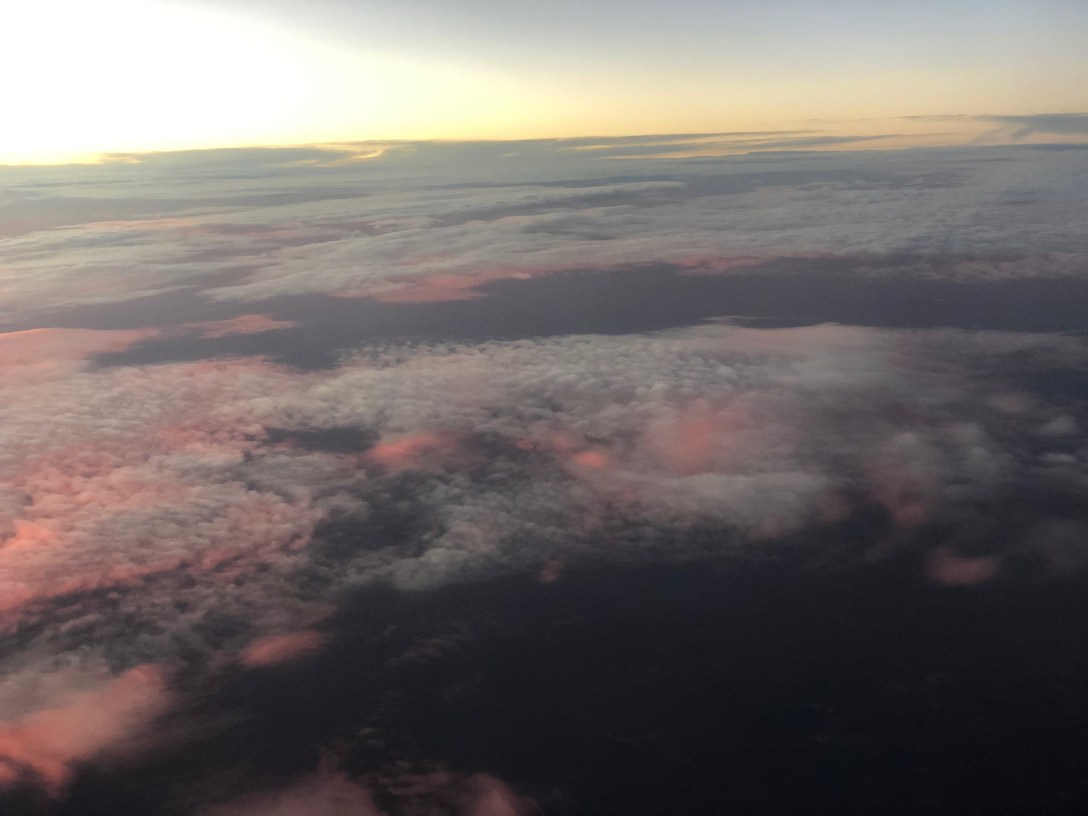“See, I’ve been having me a real hard time…”
A couple of days ago, I cried.
The tears weren’t prolific or anything, but as they welled up and overflowed their banks, I couldn’t help but consider them glorious and restorative gifts…only, not in the way you might expect.
If you know me, a tearful moment doesn’t sound like some kind of triumphant occasion since one of my finest skills is feeling all of the feelings, all of the time…to a fault. I am not a daily cry or a cry in front of other people kind of human, but when overwhelmed by any particular emotion, joy…anger… frustration…sadness…love…awe, tears populate my eyes and from there travel as rivulets running. These tearful moments are sort of how I know I’m living in and connecting with the people and the world around me. They are sort of how I know myself.
Well, that used to be true. Until I contracted a relatively mild case of Covid in January 2021 with no prior comorbidities, and the workings of my brain became a bit of a mystery for the long haul.
“I just kept hoping, I just kept hoping/The way would become clear”
My long hauler symptoms have been extensive and, at times, debilitating over the last six months. Irregular heartbeat, intense fatigue, frightening brain fog, weekly and ever intensifying migraines, daily headaches, weird aches and pains, sore throat, hoarseness, tinnitus, dizziness, weakness, chest pain…this list could go on.
Perhaps the most troubling lingering symptom of all evolved as a strange neutrality. Me. The emotional cornucopia… neutral. Let me explain what I mean by “neutrality”…
“So please don’t take my feelings”
I became sort of inert, feeling no strong emotions one way or the other. Like an extinguished candle. And it was so hard to explain this to anyone because I was struggling in so many ways, it was hard to pinpoint this issue. And then, people kept saying they knew how I felt…which was strange because I wasn’t feeling much. In some ways, this neutrality was kind of nice because my lifelong anxiety dwindled significantly. On some level I just couldn’t muster the energy for it. That vacation from being driven by an overthinking brain and an overzealous set of nerves was actually a delight. Not me at all, but kinda great.
Yet in other ways, this neutral stance was painful. I would be at events that I knew were important to me, that should have felt exciting, exhilarating and joyful and I, well I was just there…present but not…smiling but vacantly…not even sure how much of the moment I would be able to remember without the lingering vibrance of the emotion. I felt so far away from everyone and everything even when they were right next to me. I often found myself surprised by people’s reactions to my words because even my ability to communicate with emotion and sensitivity had been marred. At times, I would become overwhelmed by how badly I had been feeling or by work or just by the world at large and I would want to cry to release some of that tightly wound energy, but I couldn’t do it. That one outlet seemed to have barricaded itself from accessibility. At other times, I would be in conversation speaking about emotional topics, about how strongly I feel on an issue or how passionate I am about education and while my words were all true to who I know myself to be, they felt false in speaking them because inside they seemed hollow, detached. And so that is how I have been walking through the world since Covid, hollow and detached.
“So I just kept going, I just kept going/And hoping I’m growing near”
For a while, I embraced the idea that this was my brain’s way of protecting itself. It was dealing with too much in my extended recovery so maybe adding in emotion would have been debilitating. Actually, I felt it was pretty awesome of my brain to extend that gift. I knew with certainty that when the school year was over and I had the chance to fully rest, all of that neutrality would erode to reveal the emotions it had been shielding me from.
Except, it didn’t. It lingered.
And the longer it did so, the more I realized that this wasn’t just me trying to save myself from overwhelm; this was damage done to my body, to my brain, by Covid. When I considered the work I had to muddle through to relearn how to think through the incredible Covid induced brain fog, I realized that my emotional void very much connected to that situation…maybe even lost in the dense pillows of fog circling and settling…awaiting the sun to clear them away.
“And it feels so nice to know I’m gonna be alright
Please don’t take this feeling
I have found at last”
My brain is different than it was 6 months ago. It is healing–my tears this week are proof of that for sure, but no one can tell me to what point I will heal…because no one really knows. And I just have to try to not let that defeat me. I have to take what my body gives me and know that this recovery road is less than perfect but I am still on it.
So I am just going to say this…take it or leave it…it has become my lived experience and thus, my truth. Even a mild case of Covid can have life altering impacts beyond what anyone can tell you they might be. Be safe. Do what you can to keep yourself and those around you healthy. This is my current plan, because, let me tell you what terrifies me. The possibility of catching Covid again. Terrifies me beyond what I can type on this page. Because I am still sick. Because my brain hasn’t fully healed. Because I am just starting to feel like myself again six months after a mild case and I don’t want to lose that progress or worse. Because my pulse ox still dips into the upper 80’s and I would like for that to repair fully before my system is attacked again. I have had Covid once and I don’t need to re-live that misery (I’m sorta still living it). I’ve done all I can to keep myself and my family well. I should be safe. And yet, in this world, as people continue to tell me that Covid is no big deal, that it is a fiction, that it is nothing to worry about–essentially denying my lived experience, in this world still, I am not safe.
Lived experience can be different from our own and still be accepted as a truth, still carry weight, still be worthy of our attention. Maybe that is an overly empathic stance, but to me, it is the only way we learn to see each other with respect in this world…it is the only way we begin to act for each other rather than just for ourselves, elevating our own singular story instead of the varied and valuable experiences of those around us. Hibernating in the blankets of that which makes us comfortable only endangers us. And so I tell this story of my experience with Covid. Not for sympathy because while a momentary comfort, sympathy doesn’t fix anything. Nope. I tell this story to add it to the collective tale of this pandemic. Because this outcome isn’t often written about. Because maybe it will help someone realize Covid is not worth the risk. Because maybe I just needed to get it out into the world.
“So, I just kept dreaming, yeah, I just kept dreaming’…Tryna figure out why”
(All lyrics from “This Feeling”, Alabama Shakes)


